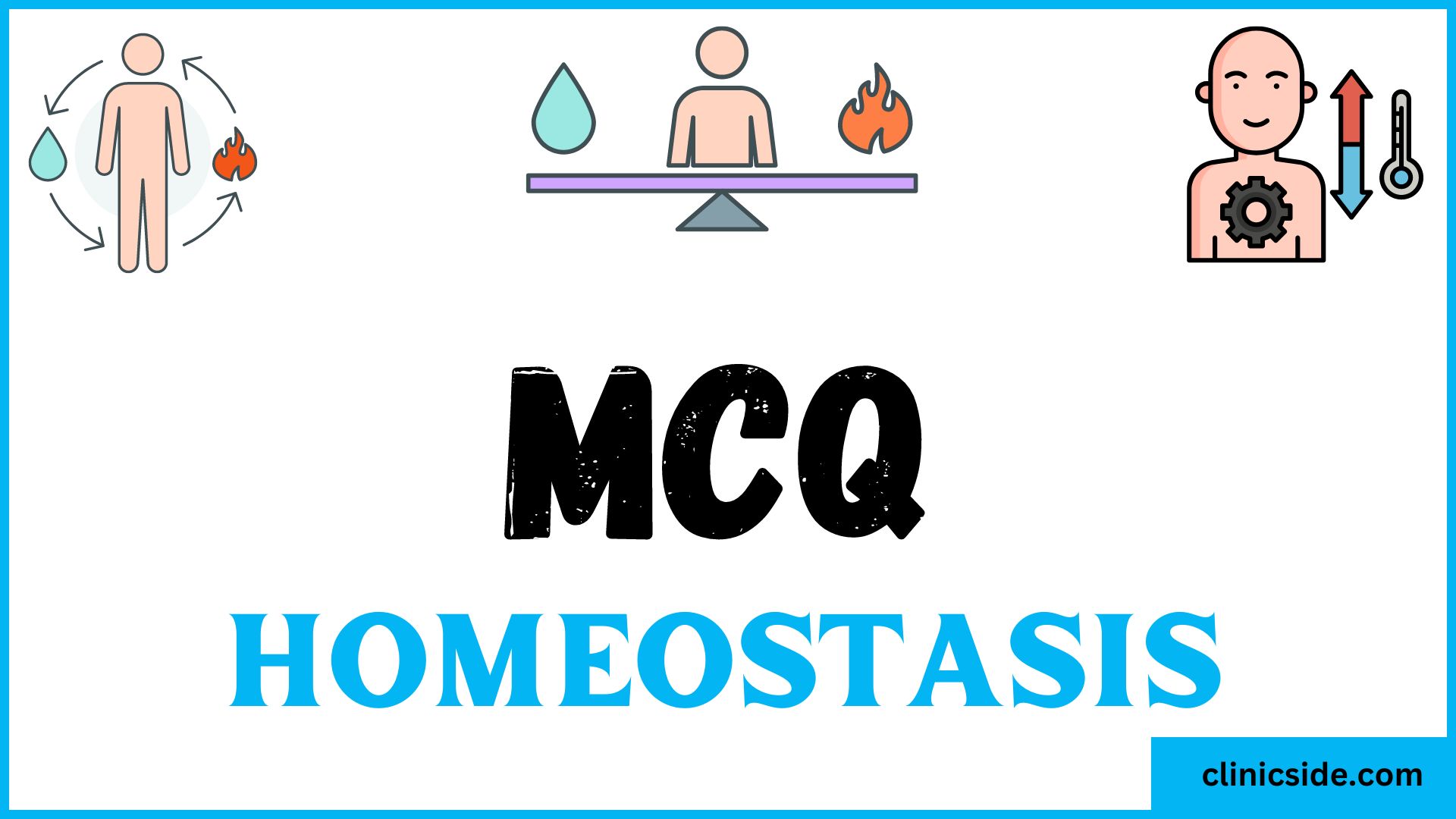Quiz
Available options: 1 to 20
Pre-Quiz Discussion: Understanding Homeostasis and the Body’s Regulatory Systems
Before you jump into the quiz, let’s explore the fascinating world of homeostasis—the body’s incredible ability to maintain a stable internal environment. This balance is crucial for our survival, and it’s achieved through a series of complex yet efficient regulatory systems. Let’s dive into the key concepts that you should keep in mind.
Mastering Body Temperature: The Thermostat Within
Your body is equipped with a built-in thermostat that ensures your temperature remains within a safe range. Here’s how it works:
Cooling Mechanisms:
When the temperature rises, your body responds by sweating and through vasodilation (widening of blood vessels), which helps release heat.
Heat Conservation: In colder conditions, shivering generates heat, while vasoconstriction (narrowing of blood vessels) minimizes heat loss.
Understanding how these mechanisms work helps explain why you shiver on a cold day or sweat during a workout.
Balancing Blood Sugar: The Dance of Insulin and Glucagon
Maintaining stable blood glucose levels is vital for energy and overall health. The pancreas plays a starring role by releasing two key hormones:
Insulin:
Reduces blood sugar levels by facilitating the absorption of glucose into cells.
Glucagon: Raises blood sugar by releasing stored glucose when levels drop.
This dynamic duo works together to ensure your blood sugar stays within a healthy range, providing your cells with a constant energy supply.
Osmoregulation and Kidneys: The Guardians of Water Balance
Osmoregulation is the process that keeps the right balance of water and salts in your body—a job primarily handled by your kidneys.
Nephrons:
These are the functional units within your kidneys that filter blood, remove waste, and reabsorb vital nutrients.
By understanding how osmoregulation works, you gain insight into how your body manages hydration and electrolyte levels, crucial for everything from nerve function to muscle contractions.
Feedback Mechanisms: The Body’s Internal Monitoring System
At the heart of homeostasis are feedback mechanisms—the body’s way of detecting changes and correcting them to maintain balance.
Negative Feedback:
This is the most common type, where a change triggers a response that counteracts the initial fluctuation. For instance, when your blood sugar rises, insulin is released to bring it back down.
These feedback loops are essential for keeping your internal environment stable, allowing your body to adapt to various challenges.
Why Understanding Homeostasis Matters
Grasping the concept of homeostasis is key to understanding how your body functions under different conditions. It’s the foundation for all physiological processes and crucial for maintaining health.
As you prepare to take the quiz, keep these ideas in mind—they will not only help you answer the questions but also deepen your appreciation for the intricate systems that keep your body in balance.
Test Guidelines and Time Limit For Quiz:
Guidelines for Maximizing Your Quiz Experience:
Read and Understand:
Carefully read each question related to Homeostasis and ensure you have a clear understanding of the concepts before selecting your answer. This will help you make informed choices and avoid misconceptions.
Choose the Best Answer:
Evaluate all available options before selecting the one that aligns best with your knowledge of Homeostasis. Strive for accuracy and relevance in your responses.
Time Management:
The quiz has a time limit based on the number of questions you choose. Allocate 45 seconds per question. Manage your time wisely to complete all questions within the allotted time.
Efficient time management increases your likelihood of successfully completing the quiz and submitting your answers within the designated timeframe. Best of luck!






you are truly a just right webmaster The site loading speed is incredible It kind of feels that youre doing any distinctive trick In addition The contents are masterwork you have done a great activity in this matter